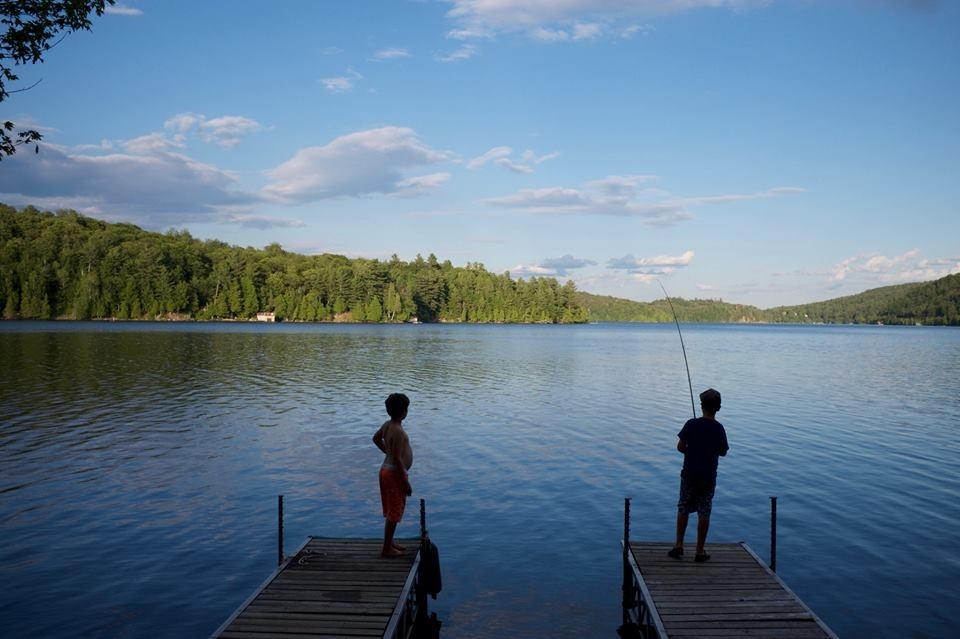
My writings - and those of others.
Sometimes studies help
How often do we read of reports and studies and know that all the time put in is probably wasted. They sit on a shelf for a while and then are forgotten as personnel change or recommendations seem impossible because of the cost. I was involved with one such study some years ago in which the cost estimate was $40,000. Ouch, we said - and asked how long could we delay implementing the study recommendation. The answer came back as two to three years. We did nothing. I later left the volunteer post. Recently I hears there was water damage for an estimated starting cost of $13,000 with another $30,000 or $40,000 to follow. Some years ago we had the money in the bank to proceed. Now after shutdown and other events, we no longer have it.
I was glad, therefore, to read about a study that seems to have some practical implications for something I know nothing about - except for eating salmon. I am joined by the people of the Wiulinkinuxv First Nation on Rivers Inlet BC and some grizzly bears who depend upon it for survival. The latter animals are magnificent and I saw some at close range when travelling in the Yukon fourteen years ago. One actually stood up suddenly on hind legs, but we missed the photo op.
In this case, the study looks at how a resource under pressure can be managed to benefit an entire system. Both the community and the bears depend on salmon for food. Over- fishing can deplete the stocks. Twenty five years ago commercial fishing did just that.
What was used was a new approach called ecosystem-based management. It quantifies the relationship of how much use can be made of a food resource for humans and bears without jeopardizing the salmon population in the future. At one point the location had plenteous resources of fish, but overdoing commercial fishing depleted the stock and put the people who lived there in danger from starving bears coming too close. Commercial fishing was halted.
The researcher started working with the community to gather hairs from barbed wire fences that the bears left behind. Isotopes from those hairs allowed the researcher to determine what percentage of salmon was part of the bears’ diet. Over time that percentage created a formula published this week in the Journal, Marine and Coastal Fisheries - (not my normal weekend reading, of course. I learned about it from The Globe and Mail). The researcher, Dr. Megan Adams, spent seven years to see if the bears were gradually able to consume more fish. What it showed was that if the local population reduced fishing by 10% the bears could gain the same amount and be healthy. Since commercial fishing stopped, the stocks have returned - but not at a level to resume commercial fishing.
There are lots of studies that probably please other academics, but have little functional application to make life better for both humans and grizzly bears. Bravo for this one.


